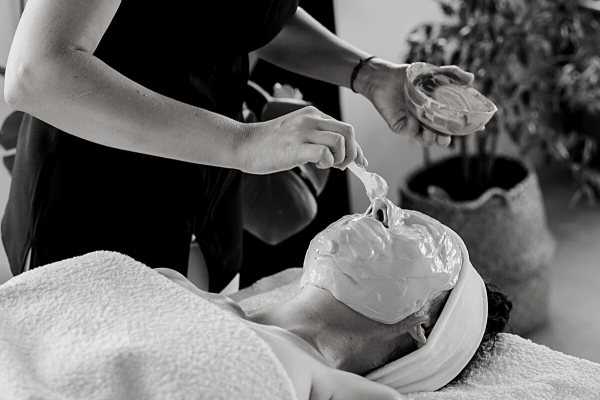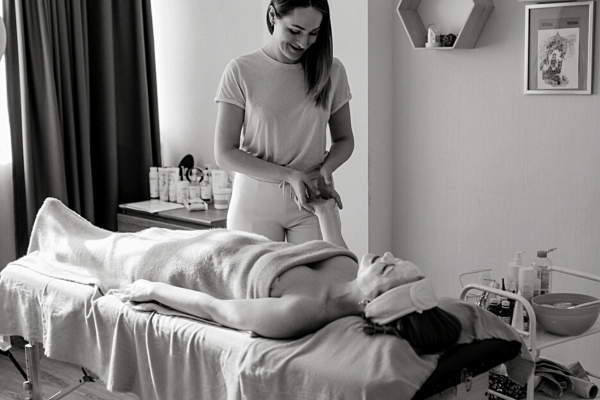Introduction:
In today’s fast-paced world, finding moments of relaxation and tranquility is essential for our overall well-being. While it may not always be feasible to escape to a spa or retreat, you can create a peaceful sanctuary right in the comfort of your own home. In this article, we’ll explore five effective relaxation techniques that you can easily practice at home to reduce stress, promote relaxation, and enhance your overall sense of calm.
1. Deep Breathing Exercises:
Deep breathing is a simple yet powerful technique that can help you relax and center yourself. Find a quiet and comfortable spot in your home, close your eyes, and take slow, deep breaths. Inhale deeply through your nose, allowing your abdomen to expand, and exhale slowly through your mouth. Focus on the sensation of your breath, letting go of any tension or worries with each exhale. Deep breathing triggers the body’s relaxation response, promoting a sense of calmness and reducing anxiety.
2. Meditation and Mindfulness:
Meditation and mindfulness practices are excellent tools for cultivating a relaxed state of mind. Find a quiet space where you won’t be disturbed, sit comfortably, and bring your attention to the present moment. You can focus on your breath, a specific word or phrase (mantra), or simply observe your thoughts and sensations without judgment. With regular practice, meditation and mindfulness can help quiet the mind, reduce stress, and promote overall mental well-being.
3. Progressive Muscle Relaxation:
Progressive muscle relaxation is a technique that involves systematically tensing and releasing different muscle groups to promote relaxation and relieve physical tension. Start by lying down or sitting in a comfortable position. Begin with your toes, tensing them for a few seconds, and then release the tension, feeling the muscles relax. Move gradually through each muscle group, working your way up to your neck and face. Progressive muscle relaxation can help you become more aware of tension in your body and learn to release it consciously.
4. Guided Imagery and Visualization:
Guided imagery and visualization involve using your imagination to create a soothing mental landscape. Find a quiet space, close your eyes, and imagine yourself in a peaceful and serene setting—whether it’s a beach, forest, or any place that brings you calm. Engage your senses by visualizing the sights, sounds, smells, and textures of this imagined space. Allow yourself to fully immerse in the experience, letting go of stress and tension as you envision the tranquil scene.
5. Yoga and Stretching:
Yoga and stretching can be effective ways to release physical tension, increase flexibility, and promote relaxation. Set aside a designated area in your home where you can practice yoga or perform gentle stretches. Follow along with online yoga classes or use stretching routines tailored to your needs. Focus on slow and mindful movements, paying attention to your breath and body sensations. Yoga and stretching not only relax the body but also help quiet the mind, fostering a sense of inner calm.



